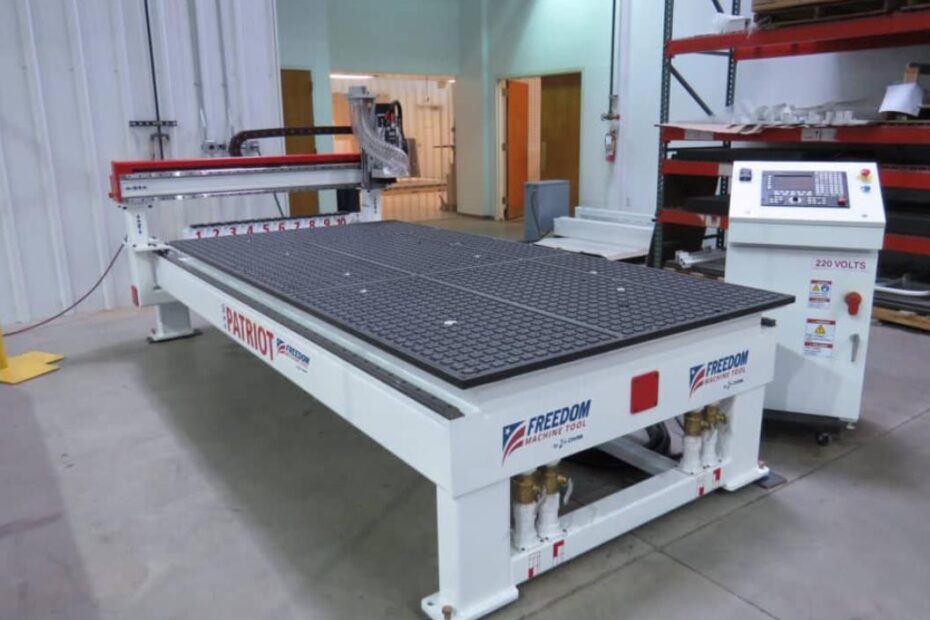Are you looking for Is A CNC Machine A Good Investment? This question is top-of-mind for many business owners in the manufacturing and woodworking sectors. The answer isn’t straightforward, as it hinges on various factors like your specific needs, the scale of your operations, and your long-term business goals.
In this comprehensive guide, we’ll explore the multifaceted aspects of investing in a CNC machine, helping you make an informed decision that aligns with your business objectives.
Key Takeaways
- CNC machines offer high precision and speed.
- They can be cost-effective in the long run.
- Operator skills and software are crucial for maximizing ROI.
- Used CNC machines can be a good starting point.
- Consider your shop’s specific needs before investing.
Is A CNC Machine A Good Investment?
Yes, a CNC machine is generally a good investment, especially for businesses in manufacturing, woodworking, and other industries requiring high-precision components. The machine offers unparalleled accuracy, speed, and automation, which can significantly enhance productivity and ROI in the long run.
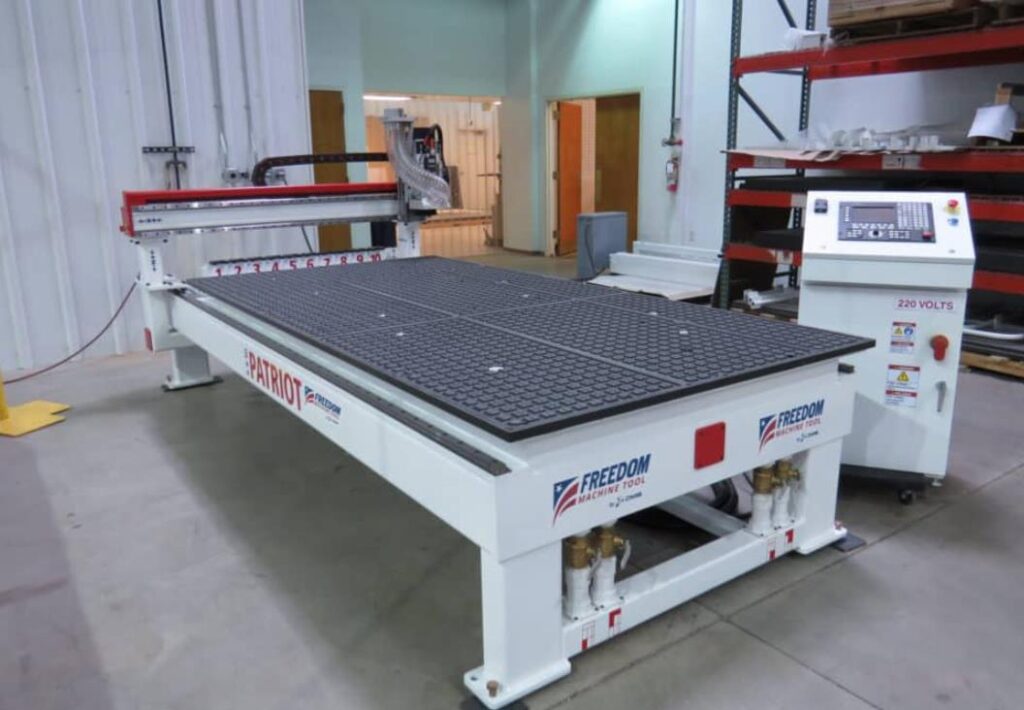
Various Aspects To Consider For CNC Machine
The Financial Aspect
The financial commitment for a CNC machine can be substantial. However, the ROI can be impressive if you have the right kind of work. For instance, a CNC router can cost around $3,500 per month for the first five years. But the productivity gains can be monumental, often doing the work of multiple employees in less time.

Skill and Software
The machine is just one part of the equation. The software and the operator’s skill level are equally crucial. Training programs are often available, and having a skilled operator can make a world of difference in your ROI.
New vs. Used Machines
New machines come with the latest technology but at a higher cost. On the other hand, used machines can be more affordable but may require more maintenance. It’s essential to weigh the pros and cons based on your specific needs.
Shop Size and Needs
The size of your shop and the type of work you do are significant factors. Larger shops may find it easier to justify the cost, while smaller shops need to be more strategic. Ensure the machine you choose aligns with your shop’s workflow and production needs.
Outsourcing vs. In-House Production
Some shops find it beneficial to outsource specific tasks like doors and drawers. If you can’t keep up with the CNC machine’s output, outsourcing might be a viable option to consider.
Hidden Costs
Apart from the machine’s price, there are other costs like software, training, and maintenance. Don’t overlook these when calculating your investment.
Spindle HP & RPM
When it comes to the spindle’s horsepower (HP) and revolutions per minute (RPM), material density is a crucial factor. For hard materials like steel, a high torque, low RPM spindle is ideal.
However, for composites, a high RPM, low torque spindle is more efficient. It reduces cycle time and extends tool life. So, it’s not just about having a spindle; it’s about having the right kind of spindle for your specific needs.
Dust Containment / Collection
Dust and debris are inevitable by-products of CNC machining, especially with composites. These particles can be hazardous to both workers and the machine itself.
Therefore, a robust dust collection system is not just an add-on but a necessity. It improves employee safety and extends the machine’s lifespan. Don’t underestimate this feature; it’s a health and longevity booster for your setup.
3-Axis vs. 5-Axis Machines
The geometry of the part you’re machining determines whether a 3-axis or 5-axis machine is more efficient. A 5-axis machine can handle complex 3D components more efficiently, providing a greater ROI over time. On the other hand, a 3-axis machine requires manual repositioning, slowing down the process. So, the axis count isn’t just a number; it’s a productivity indicator.
The Rigidity of the Machine
The structural integrity of your CNC machine is vital, especially when working with composites. A rigid machine reduces vibrations and tool deflection, providing better speed and longer tool life. It might cost more upfront, but it saves you maintenance and repair costs in the long run. Rigidity isn’t a luxury; it’s a long-term investment.
Work Envelope
The work envelope needs to be larger than the largest part you’ll be machining. However, a machine with a larger work envelope can offer benefits like pendulum processing, speeding up overall production time. It’s not just about fitting your material; it’s about how many materials you can fit and process efficiently.
A Second Spindle
Having a second spindle can be a game-changer for high-volume production. It essentially doubles your machine’s throughput without increasing its footprint. It’s like having two machines in the space of one, a real space and time saver.
Return on Investment
The initial cost of the CNC machine is just the tip of the iceberg. What matters more is the return on investment (ROI). A cheaper machine that fails to meet your needs can cost you more in the long run. It’s not just about price; it’s about value over time.
What You Can Make And Sell With A Used CNC Machine?
CNC machines are incredibly versatile, opening up a world of possibilities for crafting and manufacturing. From intricate wood carvings to detailed metal parts, the sky’s the limit. You can produce furniture, jewelry, automotive parts, and even aerospace components.
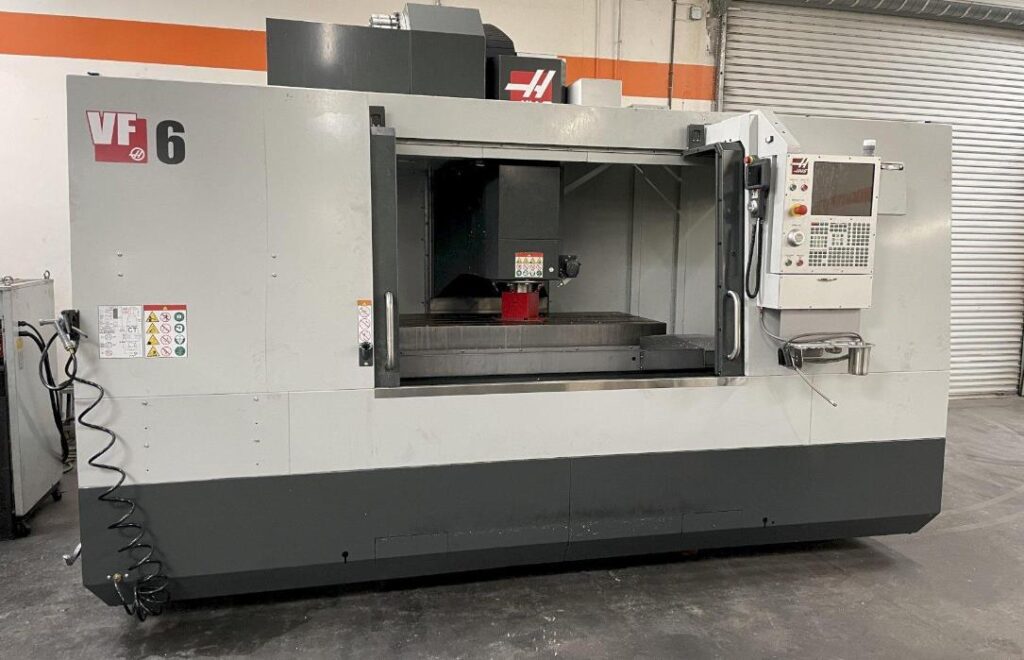
The key is to identify a niche market where your skills and the machine’s capabilities intersect. This will give you a competitive edge and help you stand out.
Is It Profitable To Set Up A CNC Machine Shop?
Absolutely, a CNC machine shop can be a lucrative venture if managed wisely. The initial investment is high, but the returns can be substantial. Your profitability depends on several factors like the type of products you choose to manufacture, your target market, and operational efficiency.
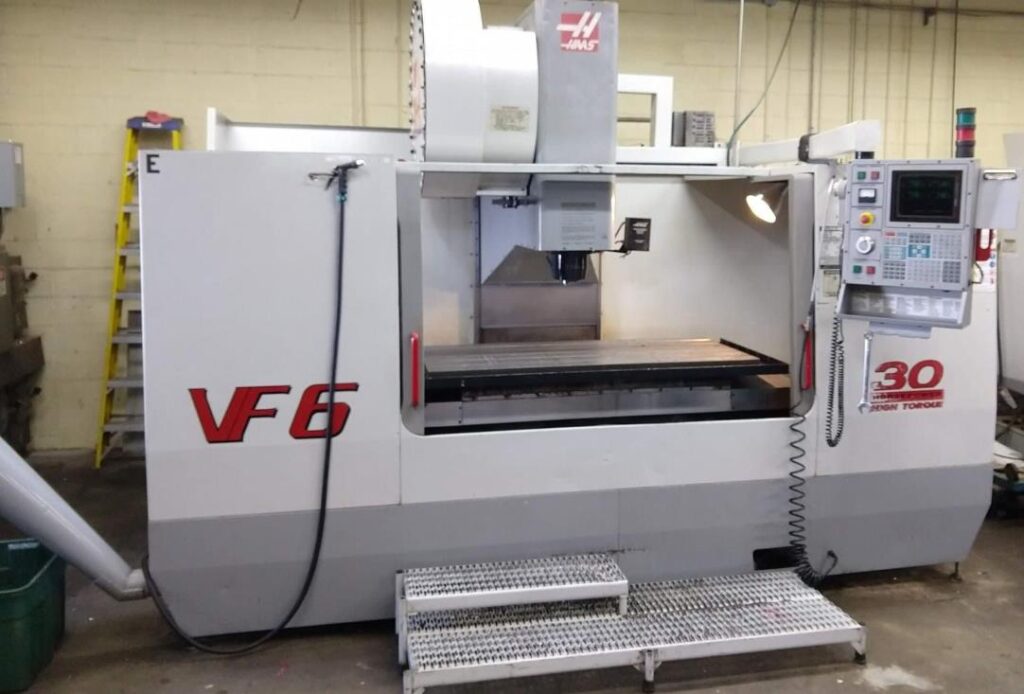
It’s crucial to conduct a thorough market analysis and create a solid business plan. With the right strategy, you can achieve a quick ROI and sustain long-term growth.
Is CNC Machining A Dying Trade?
Contrary to popular belief, CNC machining is not a dying trade. In fact, it’s evolving with technological advancements like automation, AI, and IoT. The demand for precision-engineered components in industries such as aerospace, automotive, and healthcare is on the rise.
However, the trade is facing challenges like a skills gap and competition from additive manufacturing methods. But, it’s far from being obsolete; it’s just undergoing a transformation.
What Is The Biggest Disadvantage Of Using CNC?
The most significant disadvantage of using CNC machines is the high initial cost. These machines, along with the software and training required, can be expensive. Additionally, they are not suitable for low-volume production due to setup costs.
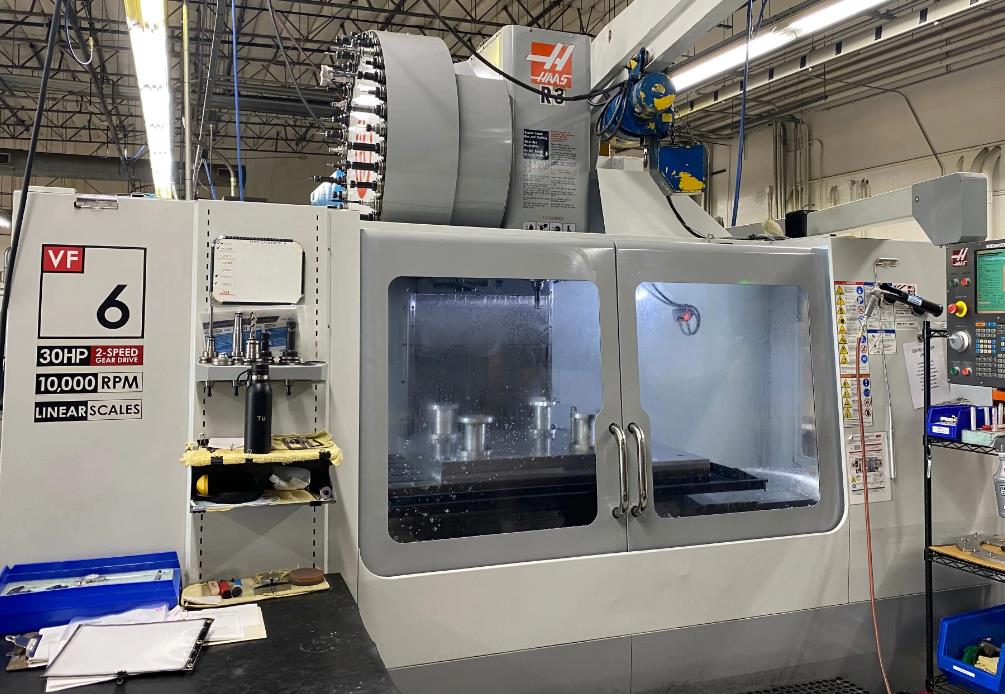
The complexity of the machine also means that skilled operators are needed, adding to operational costs. However, these disadvantages are often outweighed by the benefits in high-volume, precision-based industries.
What Is The Biggest Advantage Of Using CNC?
The biggest advantage of using CNC machines is their precision and repeatability. Once programmed, CNC machines can produce hundreds or even thousands of pieces with high accuracy, reducing the margin of error significantly.
This is particularly beneficial in industries where precision is critical, such as aerospace and healthcare. Additionally, CNC machines can operate continuously, maximizing production efficiency.
Conclusion
Investing in a CNC machine can be a wise business move if done thoughtfully. It’s not just about the machine but also the software, the operator, and how well it integrates into your existing workflow. Make sure to consider all these factors to make an informed decision.
From the type of spindle to the machine’s rigidity, each aspect plays a crucial role in determining the ROI. Make sure to consider all these additional factors to make a well-informed decision.
People Also Ask
What factors should I consider when choosing the spindle’s HP and RPM?
The spindle’s horsepower (HP) and revolutions per minute (RPM) are critical factors to consider based on the material you’ll be machining. For harder materials like steel, a high-torque, low-RPM spindle is ideal.
Conversely, for softer materials like composites, a high-RPM, low-torque spindle is more suitable. The right spindle can significantly impact your machine’s efficiency and the quality of the end product.
How does the work envelope impact production?
The work envelope should be larger than the largest part you plan to machine. However, a machine with a larger work envelope can offer additional benefits like pendulum processing, which can speed up overall production. Therefore, it’s not just about fitting your material but also about optimizing production efficiency.
What is the significance of the machine’s rigidity?
The machine’s rigidity is crucial for maintaining high-quality output, especially when working with hard materials. A rigid machine minimizes vibrations and tool deflection, which in turn improves speed and extends tool life. Although machines with higher rigidity may cost more upfront, they often result in lower long-term maintenance costs.
How do I calculate the ROI of a CNC machine?
Calculating the return on investment (ROI) involves more than just considering the initial cost. You should also factor in ongoing expenses like maintenance, as well as the machine’s efficiency and output quality. A cheaper machine that doesn’t meet your needs can end up costing you more in the long run.

Muhammad Talha Naeem is a seasoned finance professional with a wealth of practical experience in various niches of the financial world. With a career spanning over a decade, Talha has consistently demonstrated his expertise in navigating the complexities of finance, making him a trusted and reliable figure in the industry.
